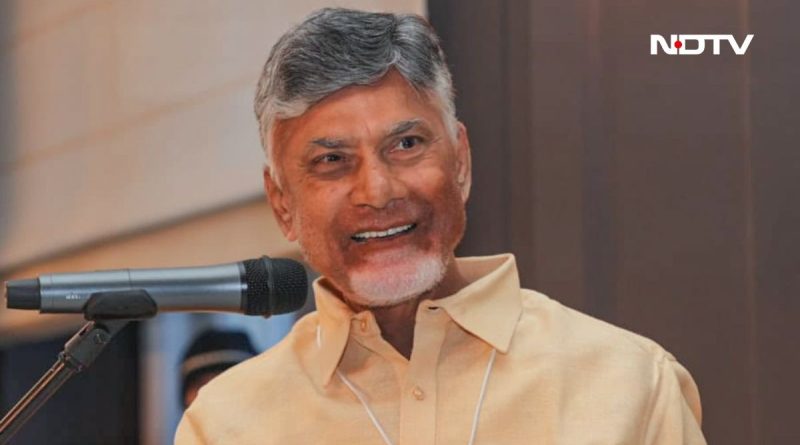Chandrababu Naidu Advocates for Increasing Birth Rates in Andhra Pradesh
For a country that is emerging as the most populous nation on earth, a new call urging families to have more children may seem anachronistic. It also seems surprising that this plea is being emphasized by a Chief Minister renowned for his progressive actions.
Andhra Pradesh’s New Policy on Family Size
The Andhra Pradesh government’s decision to amend rules requiring candidates for local body elections to have more than two children has raised many eyebrows. With an estimated population of 1.45 billion and decades of countrywide advocacy for a two-child norm, the Andhra Pradesh government led by Chief Minister Chandrababu Naidu has amended relevant acts governing panchayats, zila parishads, and municipalities. The state is now poised to implement rules mandating that candidates taking part in local body polls have more than two children. This comes three decades after the introduction of a cap on the number of children public representatives have at the third tier of governance. Naidu’s government has now removed this limit.
A Small Window
The Chief Minister reassessed the law after realizing the need to address the state’s demographic imbalance. Andhra Pradesh’s Total Fertility Rate (TFR) is around 1.7, well below the 2.1 norm that is typically considered necessary for stabilizing a population. By next year, the state’s population is expected to reach 53.8 million, growing to 54.4 million a decade later. However, projections suggest that by 2041, the population will begin to decline, potentially dropping to 54.2 million. These statistics, cited by the Chief Minister, underscore the reasons behind his new call for policy changes.
The Rationale Behind the Call
Is there more to this than meets the eye? There is a context to the recent calls from Tamil Nadu and Andhra Pradesh’s chief ministers to encourage people to have larger families. The proposed delimitation of Lok Sabha seats is one trigger. The process will adjust the number of seats per state based on population, and southern states fear their political representation will decline compared to northern states, where the population continues to grow at a faster clip.
A simple calculation based on population growth rates since the turn of the century shows this shift. In southern states, the birth rate has fallen from 2.6 to 1.5, which directly correlates with a potential reduction in the number of seats. In contrast, northern states have maintained birth rates well above the 2.1 average.
Challenges and Solutions
It remains uncertain how effective Naidu and Stalin’s calls will be in shifting public attitudes. Encouraging people to abandon the “Small is Beautiful” slogan, which advocates having no more than two children, in favor of larger families will not be an easy task. Studies in Japan and elsewhere suggest that changing established social norms can take time.
However, there is a compelling case for the delimitation process to be carried out innovatively. Policy planners and lawmakers should come together to develop a logical and pragmatic solution as India sets its sights on becoming a developed nation by 2047.
(K.V. Prasad is a senior Delhi-based journalist)
Disclaimer: These are the personal opinions of the author

